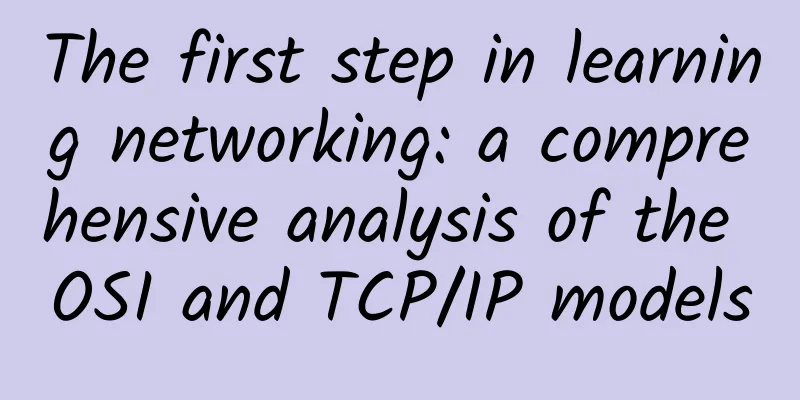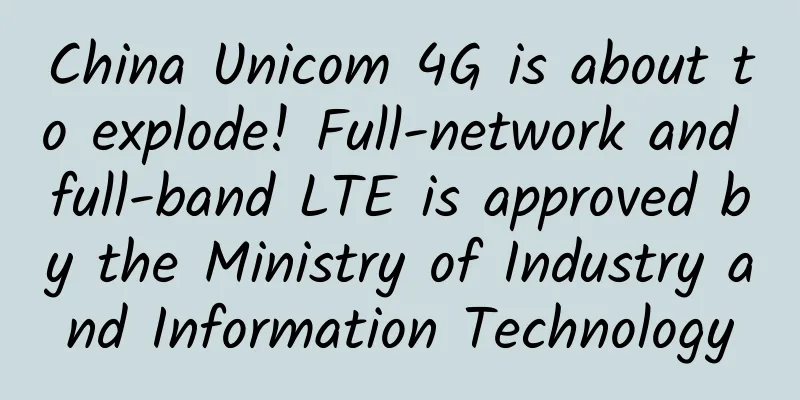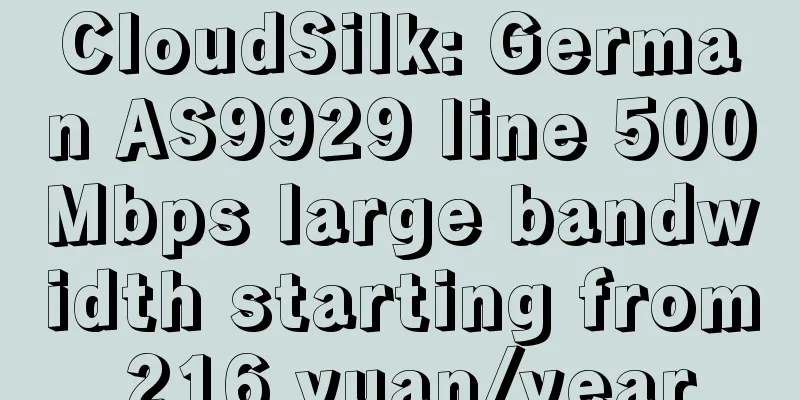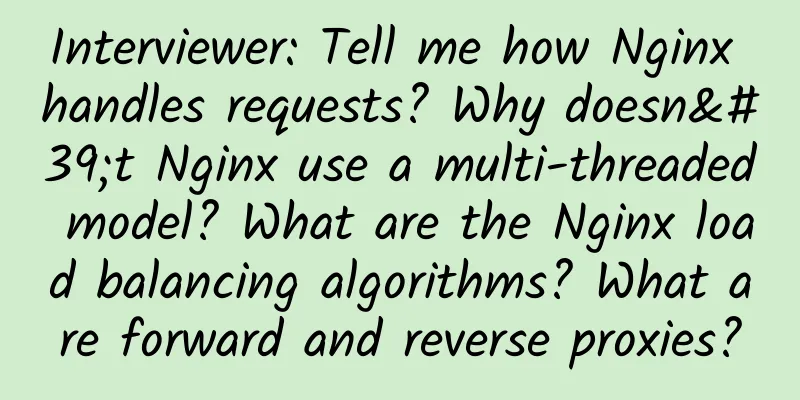The first step in learning networking: a comprehensive analysis of the OSI and TCP/IP models

|
Hello, everyone! I am your good friend Xiaomi. Today we are going to talk about the heavyweights in the basic knowledge of the network - the OSI model and the TCP/IP model! The world of the network is like a huge maze, and these two models are like maps prepared for us to help us sort out the complex process of network communication. Are you ready? Let's start this wonderful network journey together! OSI seven-layer modelThe OSI (Open Systems Interconnection) model is a network architecture model proposed by the International Organization for Standardization (ISO). It divides the network communication process into seven layers, and each layer is responsible for a specific network function. Let's take a look at what these network layers do layer by layer! 1. Physical Layer
2. Data Link Layer
3. Network Layer
4. Transport Layer
5. Session Layer
6. Presentation Layer
7. Application Layer
TCP/IP five-layer modelThe TCP/IP model is another widely used network model that simplifies the OSI model and divides it into five layers. Although the number of layers has been reduced, the functions have not changed! Let's take a look at what this model is all about. 1. Physical Layer
2. Data Link Layer
3. Network Layer
4. Transport Layer
5. Application Layer
Comparison between OSI and TCP/IP modelsNow that we understand the layers of both models, let’s compare them:
ENDThrough this article, I believe everyone has a deeper understanding of the OSI seven-layer model and the TCP/IP five-layer model. These two models not only help us sort out the complex process of network communication, but also provide us with a theoretical basis for designing and maintaining the network. |
>>: Germany to remove Huawei equipment from its 5G mobile network
Recommend
How did Huawei Cloud become a public cloud leader after just over a year in the market?
[51CTO.com original article] Huawei Cloud has amb...
Black screen problem on some live IPTV channels under BRAS equipment
The telecom IPTV platform of a certain city found ...
Huawei Cloud 828 Cloud Festival: Cloud Server Flash Sale Starting from 69 Yuan/Year
Huawei Cloud launched a new promotion at the begi...
5G and eSIM drive enterprise IoT growth
New research shows that businesses around the wor...
How cloud services enable a 5G-driven future
As high-speed cellular networks become mainstream...
HPE Aruba Networking: IT leaders lack awareness of how networking can enhance the employee experience
At present, the demand for hybrid office continue...
Sharktech: 1Gbps unlimited traffic/60G high-defense server starting at $79/month, available in Los Angeles/Denver/Chicago/Netherlands data centers
Sharktech has integrated resources and updated in...
Huawei's Yang Xiaoning: Building a secure digital society through openness, collaboration, and development
[The Hague, Netherlands, May 29, 2019] The Mobile...
Recommend a lightweight and fast file transfer tool for LAN
Project Introduction Fluxy is designed to provide...
5G and Edge AI: Solving Traffic Management Problems
The way we commute may have changed over time, bu...
Introduction to Socks5 Proxy Protocol
Part 01. Socks5 protocol concept Socks5 is a prox...
DMIT: CN2 GIA in Hong Kong/CN2 GIA in Los Angeles Restocking from $100/year - Dual-core/2GB/40GB/2TB@2Gbps
DMIT.io has just restocked several special annual...
China Mobile actively promotes the accelerated implementation of 5G innovative applications
On September 20, China Mobile held the 5G+ Innova...
5G is here, and these threats are lurking...
5G is coming, and it will be possible to experien...
[Black Friday] HawkHost virtual hosts up to 35% off, reseller hosts/cloud servers up to 30% off
The last time I shared information about HawkHost...









